Protein For Hair Growth: 4 Essential Treatments
Elevate your hair game with the power of protein and nourish your locks from roots to tips
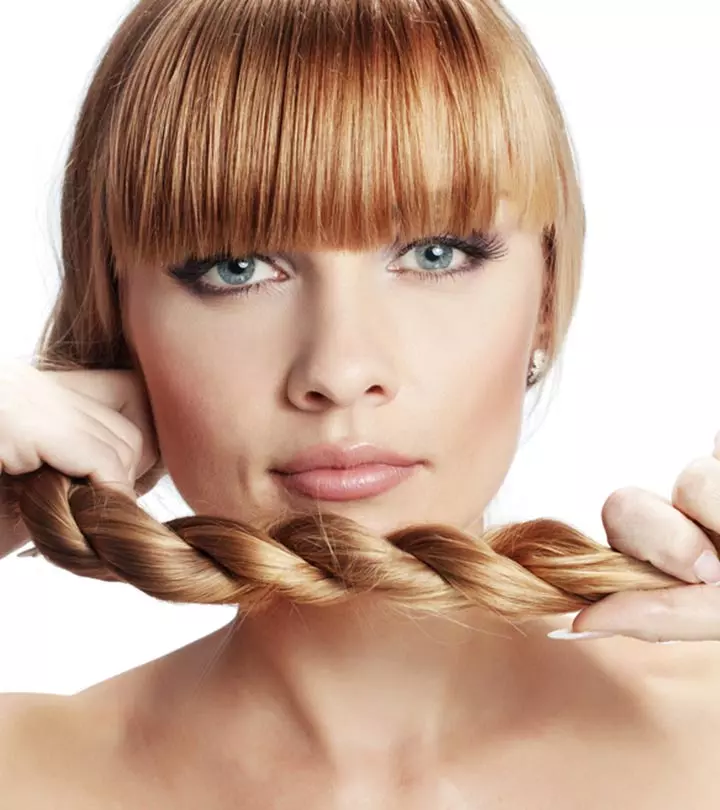
Image: Shutterstock
Have you heard about the several advantages of protein for hair growth? Your mum or granny undoubtedly told you as a child that eating a minimum of one egg a day will help you grow thicker, longer hair. People who took their instructions seriously have ended up with long, beautiful hair. This is due to the fact that eggs are rich in essential proteins, which are necessary for hair growth. So what role does protein play in hair growth? Continue reading to find out.
In This Article
How Does Protein For Hair Growth Work?
Every single individual strand of hair on your head is 88-90% comprised of the protein keratin (1). It is the main structural component of hair, providing strength and elasticity to the hair. In fact, you’ll be surprised to know that protein makes up 20% of your body. Hence, you need to get a healthy dose of protein from your daily diet to ensure that not only hair growth but also all your other body functions are regulated effectively (2), (3).
What happens when you don’t consume enough protein? Quite simply put, your body will start rationing the amount of protein available in your body and using it for more important functions like producing hormones, enzymes, and antibodies.
Since hair growth and tissue repair are not regarded as essential functions for your body’s regular functioning and survival, the supply of protein to your hair follicles is cut off. Therefore, if your protein deficiency persists for an extended period, you end up with dry and brittle hair.
The growth cycle of your hair also plays a major role in its protein requirement for growth (4). At any point in time, 90% of your hair is in the growing (anagen) phase, which lasts for around 3-5 years. Then comes the intermediate (catagen) phase that lasts for a couple of weeks, followed by resting/shedding (telogen) phase during which older hair falls out.

A protein deficiency may force a large proportion of your hair to go into the resting/shedding phase at the same time, resulting in higher than average (and pretty evident) hair loss.
 Did You Know?
Did You Know?What do you do when you’re faced with major protein deficiency-related hair loss and need to stop it? The quickest option is to get yourself a protein treatment.
Protein Treatments To Promote Healthy Hair Growth
Protein treatments are a popular option these days for addressing a number of hair problems, especially hair loss (5). They generally work by coating the outside of your hair follicles and strands with proteins to harden them and protect them from breakage and further damage.
Depending on how damaged your hair is, there are four protein treatments that you can choose from:
- Protein Packs: These are meant to be used on mildly damaged hair and can be applied routinely every one to two months. Apart from the commercially available protein packs, you may try using homemade protein masks with ingredients such as coconut oil, banana, honey, avocado, and eggs.
- Light Treatments: These are for slightly damaged hair and can also be used routinely. They are often sold as ‘conditioning masks.’
- Deep penetrating Treatments: These are designed to deeply moisturize moderately damaged hair and can be used every two weeks.
- Reconstructors: If you heat style your hair daily or have undergone hair color treatments, chances are you have severely damaged hair and need to use reconstructors every one to two weeks.
Note: Depending on the person’s hair type, condition, and treatment severity, the frequency of protein treatments varies. In general, protein treatments may be used once every 4-6 weeks for normal hair and every 2-3 weeks for damaged or chemically treated hair.
These treatments help restore protein to hair, making it stronger, more elastic, and smoother. They work by forming a protective layer around each strand, which helps reduce breakage, prevent split ends, and improve overall hair health. If your hair feels damaged, dull, or prone to falling out, protein treatments can be a game-changer.
 Did You Know?
Did You Know?Though protein treatments can strengthen your hair externally, you need to nourish your hair follicles from within to fully protect it. The only way to do that is by adding more protein to your diet.
How Can You Get More Protein In Your Diet?
Let’s start this out by dispelling a misconception. Many people believe that eating high-protein foods can make them gain weight as they are also high in calories and fats. But that could not be further from the truth. There are tons of protein-rich foods out there that can boost your hair’s health without making you pile on the pounds.
Another misconception about protein is that you can only get it from meat. However, the truth is that there are tons of vegetarian and vegans foods that are high in protein. Let’s take a look at the most popular protein-rich foods that you can add to your daily diet!
1. Non-Vegetarian Options
- Eggs: Eggs are packed with not only protein but also antioxidants, fatty acids, vitamins, and minerals. Interestingly, egg whites are almost 100% protein (6).
- Chicken Breast: Chicken breast (without the skin) is one of the healthiest protein-rich foods that you can add to your diet (7).
- Lean Beef: This delicious meat is rich in protein, iron, and vitamin B12 (8).
- Tuna: Besides being high in protein and omega-3 fatty acids, tuna is also low on fats and calories (9).
- Turkey Breast: Skinless turkey breast is also high in protein and low in calories and fats (10).
- Fish: Fish of all types are full of protein and heart-healthy omega-3 fatty acids (11).
- Shrimp: Add shrimp to your daily diet if you want to consume more protein, vitamin B12, selenium, and omega-3 fatty acids.
2. Vegetarian Options
- Lentils: Lentils are one of the best sources of plant-based proteins in the world. They are also rich in iron, potassium, folate, manganese, and fiber (12).
- Almonds: These amazing dry fruits are filled with protein, vitamin E, manganese, and fiber (13).
- Oats: Add these healthy grains to your diet to get your daily dose of protein, vitamin B1, magnesium, manganese, and fiber (14).
- Broccoli: Many people may find broccoli unpalatable, but they probably don’t know that it is full of protein, potassium, vitamin C, vitamin K, and fiber (15).
- Quinoa: This trendy superfood grain is filled with protein, vitamins, minerals, antioxidants, and fiber (16).
- Ezekiel Bread: This interestingly named bread is made of wheat, barley, millet, soybeans, lentil, and spelt. It contains protein and fiber.
- Pumpkin Seeds: This light and healthy snack contains protein, iron, zinc, and magnesium (17).
- Brussels Sprouts: Brussels sprouts contain protein, vitamin C, and fiber (18).
- Peanuts: Peanuts are a delicious source of protein, magnesium, and fiber. You could also have peanut butter to increase your protein intake (19).
3. Dairy Options
- Cottage Cheese: This healthy cheese is filled with protein, calcium, phosphorus, and B vitamins (20).
- Greek Yogurt: This tasty treat is quite high in protein, but make sure you pick one that does not have any added sugar (21).
- Milk: This daily staple is chock-full of protein, calcium, riboflavin, and phosphorus (22).
Note: If you are allergic to nuts or lactose intolerant, you may still increase your protein intake by consuming alternative protein sources like poultry, lean meats, and legumes.
A blogger shared her experience of taking protein supplements for hair growth in a blog post. She wrote, “I find that because of my poor appetite, I just can’t consume the amount of protein from food that I need because I often have to force feed myself. The best protein supplements are those made out of Whey protein (Whey comes from milk and is a by-product of cheese production) because they are easier to absorb (i).”
Adding or increasing your consumption of protein-rich foods can certainly improve your hair’s health and boost hair growth. But they are also essential for carrying out some of the most important functions in our body. Here are a few major ones that you need to know about.
Additional Health Benefits Of Protein
- Protein is often referred to as the building block of the body. This is because it is essential for the growth, maintenance, and repair of tissues, muscles, and organs in our body (23).
- Along with carbohydrates, protein is also a major source of energy for our body.
- Protein is involved in the production of some of the most important hormones in our body, like insulin (23). These are essential for the synthesis of hormones, which include those that control hair growth. Balanced protein levels enhance the health of follicle activity.
- Proteins also play a role in the production of enzymes that are responsible for almost all the chemical reactions in our body. Protein-dependent enzymes aid in the conversion of nutrients for the nourishment of hair, which is essential for preserving its strength and luster.
- Haemoglobin is primarily made up of protein and is used to transport oxygen throughout our body (24).
- Proteins help in the formation of antibodies that fight against all kinds of infections, illnesses, and diseases.
While we have learnt the various benefits of protein, is it possible to overdo it? Find out in the next section.
Is Too Much Protein Bad For Your Hair?
While protein is vital for healthy hair, the body needs a mix of different nutrients to maintain it. High-protein diets may be popular for muscle-building, but they may lack various vitamins and minerals essential for hair growth, such as vitamin B, D, C, zinc, iron, etc. Hence, a diet only rich in proteins is not recommended. Rather, aim for a well-rounded diet after consulting with a healthcare professional for your specific needs.
Protein is an essential nutrient that plays a vital role in hair growth and several bodily functions. Lack of protein can lead to brittle hair and hair fall. The good news is that you can opt for protein treatments for hair growth like reconstructors or light treatments every two weeks to moisturize and repair damaged hair. You can strengthen your hair follicles by consuming meat, dairy products, and lentils. Apart from this, eating a protein-rich diet helps in the overall growth and maintenance of your body.
Frequently Asked Questions
Can protein make your hair grow?
Yes, protein can make your hair grow like the hair itself is primarily made up of the protein keratin.
Can a lack of protein cause hair loss?
Yes, a lack of protein can lead to hair loss.
Which protein is best for hair growth?
Keratin is the key protein for hair growth. It constitutes the majority of the hair structure. Biotin-rich proteins such as eggs and nuts promote overall hair health, stimulate growth, and prevent breakage.
How do you know if your hair needs protein or moisture?
Pick up one strand of your hair and wet it with water. Now, gently stretch it. If it springs back to its original length and does not break when you leave it, your hair has optimum levels of protein and moisture. If it stretches and breaks, it is in need of more moisture and protein.
Key Takeaways
- The hair is made up of keratin, a type of protein. Therefore, a protein deficiency in the body may affect hair health, making it brittle and leading to hair loss.
- The best way to combat protein deficiency is by consuming a protein-rich diet comprising foods like chicken, eggs, lentils, milk, cheese, etc.
- Protein treatments and packs may also help strengthen and protect hair from damage.
- Remember, excess protein intake may hamper your health. Therefore, consult a doctor and consume a balanced diet with nutrients essential for optimal hair growth.
This insightful video will help you understand the role of protein in promoting hair growth and share some tips for that desired length and strength. Watch now to unlock the secret to luscious locks.
Personal Experience: Source
StyleCraze's articles are interwoven with authentic personal narratives that provide depth and resonance to our content. Below are the sources of the personal accounts referenced in this article.
(i). Protein Supplement For Healthy Hair Growthhttps://kinkofcurlsaustralia.wordpress.com/2013/10/02/protein-supplement-for-healthy-hair-growth/
References
Articles on StyleCraze are backed by verified information from peer-reviewed and academic research papers, reputed organizations, research institutions, and medical associations to ensure accuracy and relevance. Read our editorial policy to learn more.
- Yang, Fei-Chi et al. “The structure of people’s hair.” PeerJ vol. 2 e619.
https://www.ncbi.nlm.nih.gov/pmc/articles/PMC4201279/ - Guo, Emily L, and Rajani Katta. “Diet and hair loss: effects of nutrient deficiency and supplement use.” Dermatology practical & conceptual vol. 7,1 1-10.
https://www.ncbi.nlm.nih.gov/pmc/articles/PMC5315033/ - Almohanna, Hind M et al. “The Role of Vitamins and Minerals in Hair Loss: A Review.” Dermatology and therapy vol. 9,1 (2019): 51-70.
https://www.ncbi.nlm.nih.gov/pmc/articles/PMC6380979/ - Wang, Lei et al. “Differential Expression of Proteins Associated with the Hair Follicle Cycle – Proteomics and Bioinformatics Analyses.” PloS one vol. 11,1 e0146791.
https://www.ncbi.nlm.nih.gov/pmc/articles/PMC4709225/ - Gavazzoni Dias, Maria Fernanda Reis. “Hair cosmetics: an overview.” International journal of trichology vol. 7,1 (2015): 2-15.
https://www.ncbi.nlm.nih.gov/pmc/articles/PMC4387693/ - Réhault-Godbert, Sophie et al. “The Golden Egg: Nutritional Value, Bioactivities, and Emerging Benefits for Human Health.” Nutrients vol. 11,3 684.
https://www.ncbi.nlm.nih.gov/pmc/articles/PMC6470839/ - Marangoni, Franca et al. “Role of poultry meat in a balanced diet aimed at maintaining health and wellbeing: an Italian consensus document.” Food & nutrition research vol. 59 27606.
https://www.ncbi.nlm.nih.gov/pmc/articles/PMC4462824/ - Zanovec, Michael et al. “Lean beef contributes significant amounts of key nutrients to the diets of US adults: National Health and Nutrition Examination Survey 1999-2004.” Nutrition research (New York, N.Y.) vol. 30,6 (2010): 375-81.
https://pubmed.ncbi.nlm.nih.gov/20650344/ - Renuka, Vijayakumar et al. “Studies on chemical composition of yellowfin tuna (Thunnus albacares, Bonnaterre, 1788) eye.” Journal of food science and technology vol. 54,6 (2017): 1742-1745.
https://www.ncbi.nlm.nih.gov/pmc/articles/PMC5430166/ - TURKEY BREAST, FoodData Central, U.S. Department of Agriculture.
https://fdc.nal.usda.gov/fdc-app.html#/food-details/451232/nutrients - Tørris, Christine et al. “Nutrients in Fish and Possible Associations with Cardiovascular Disease Risk Factors in Metabolic Syndrome.” Nutrients vol. 10,7 952.
https://www.ncbi.nlm.nih.gov/pmc/articles/PMC6073188/ - Pesta, Dominik H, and Varman T Samuel. “A high-protein diet for reducing body fat: mechanisms and possible caveats.” Nutrition & metabolism vol. 11,1 53.
https://www.ncbi.nlm.nih.gov/pmc/articles/PMC4258944/ - Nuts, almonds, FoodData Central, U.S. Department of Agriculture.
https://fdc.nal.usda.gov/fdc-app.html#/food-details/170567/nutrients - Rasane, Prasad et al. “Nutritional advantages of oats and opportunities for its processing as value added foods – a review.” Journal of food science and technology vol. 52,2 (2015): 662-75.
https://www.ncbi.nlm.nih.gov/pmc/articles/PMC4325078/ - Broccoli, raw, FoodData Central, U.S. Department of Agriculture.
https://fdc.nal.usda.gov/fdc-app.html#/food-details/170379/nutrients - Filho, Antonio Manoel Maradini et al. “Quinoa: Nutritional, functional, and antinutritional aspects.” Critical reviews in food science and nutrition vol. 57,8 (2017): 1618-1630.
https://pubmed.ncbi.nlm.nih.gov/26114306/ - Kim, Mi Young et al. “Comparison of the chemical compositions and nutritive values of various pumpkin (Cucurbitaceae) species and parts.” Nutrition research and practice vol. 6,1 (2012): 21-7.
https://www.ncbi.nlm.nih.gov/pmc/articles/PMC3296918/ - Brussels sprouts, raw, FoodData Central, U.S. Department of Agriculture.
https://fdc.nal.usda.gov/fdc-app.html#/food-details/170383/nutrients - Arya, Shalini S et al. “Peanuts as functional food: a review.” Journal of food science and technology vol. 53,1 (2016): 31-41.
https://www.ncbi.nlm.nih.gov/pmc/articles/PMC4711439/ - Cheese, cottage, creamed, large or small curd, FoodData Central, U.S. Department of Agriculture.
https://fdc.nal.usda.gov/fdc-app.html#/food-details/172179/nutrients - Moore, J Bernadette et al. “Evaluation of the nutrient content of yogurts: a comprehensive survey of yogurt products in the major UK supermarkets.” BMJ open vol. 8,8 e021387.
https://www.ncbi.nlm.nih.gov/pmc/articles/PMC6144340/ - Davoodi, Seyed Hossein et al. “Health-Related Aspects of Milk Proteins.” Iranian journal of pharmaceutical research : IJPR vol. 15,3 (2016): 573-591.
https://www.ncbi.nlm.nih.gov/pmc/articles/PMC5149046/ - Wu, Guoyao. “Dietary protein intake and human health.” Food & function vol. 7,3 (2016): 1251-65.
https://pubs.rsc.org/en/content/articlelanding/2016/fo/c5fo01530h#!divAbstract - Billett HH. Hemoglobin and Hematocrit. In: Walker HK, Hall WD, Hurst JW, editors. Clinical Methods: The History, Physical, and Laboratory Examinations. 3rd edition. Boston: Butterworths; 1990. Chapter 151.
https://www.ncbi.nlm.nih.gov/books/NBK259/
Read full bio of Dr. Hannah Kopelman
Read full bio of Arshiya Syeda
Read full bio of Anjali Sayee
Read full bio of Swathi E







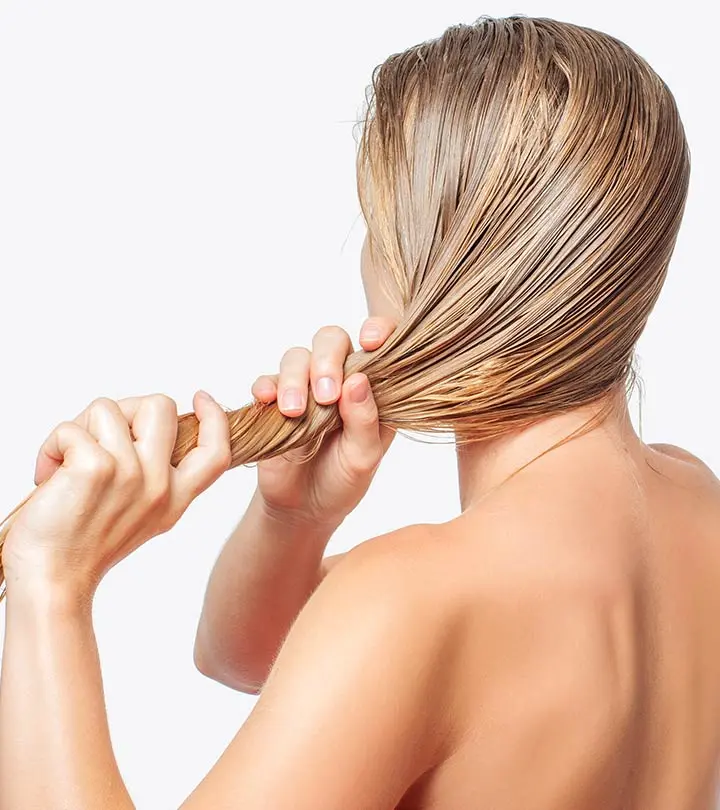
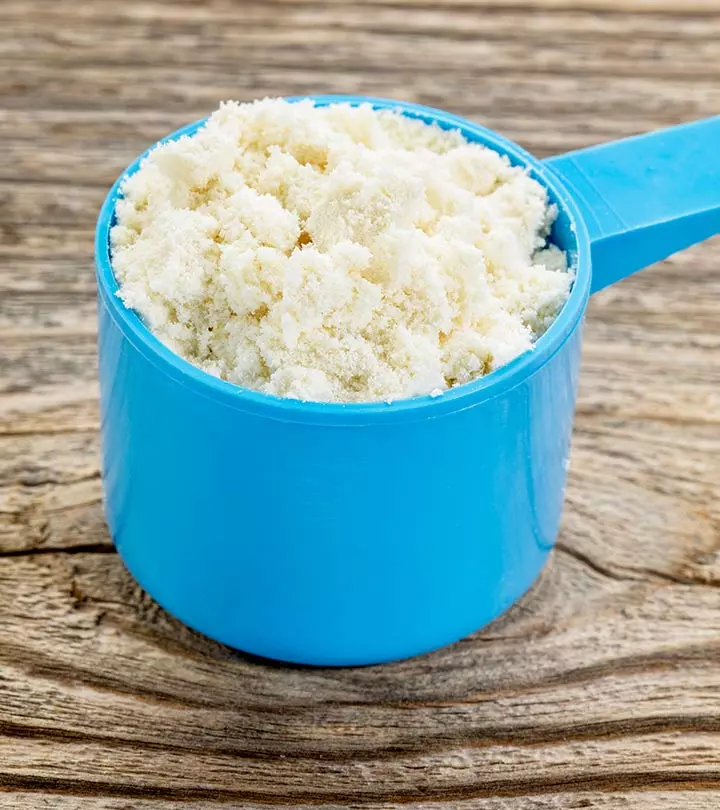

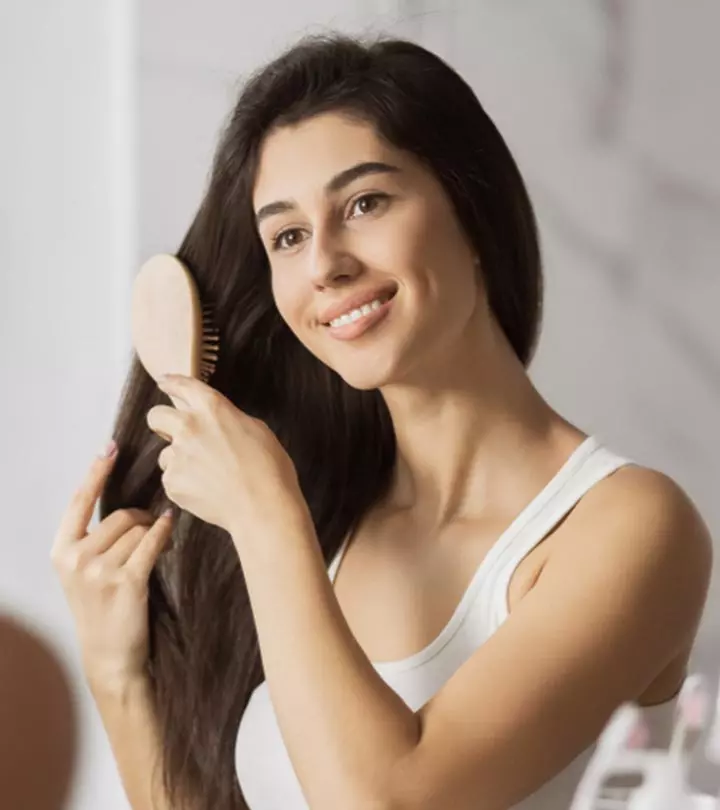

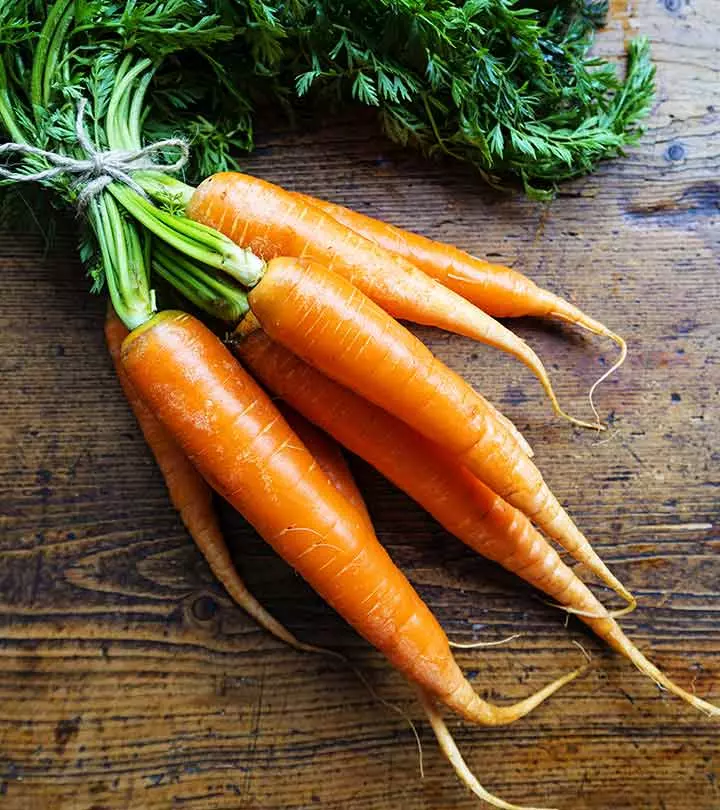
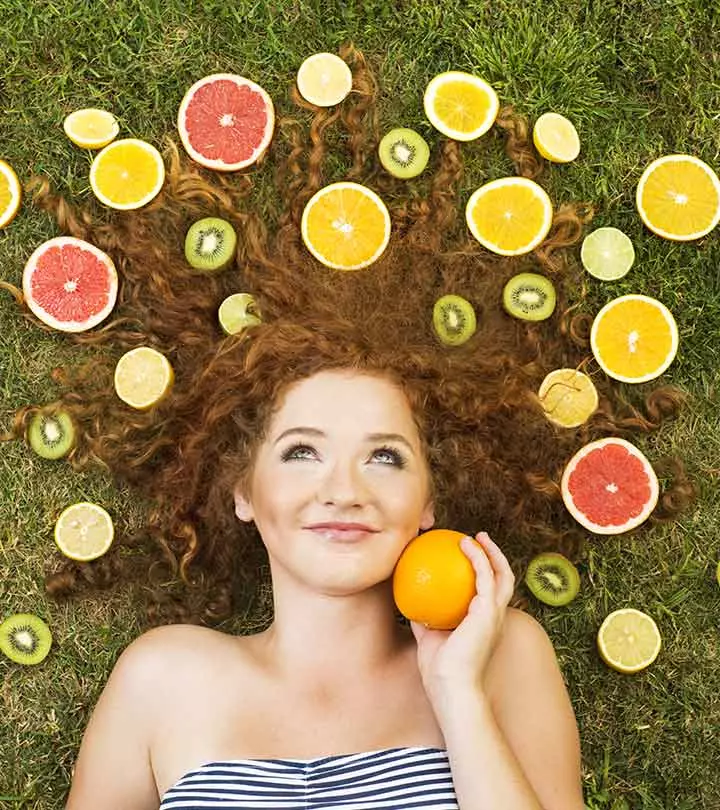
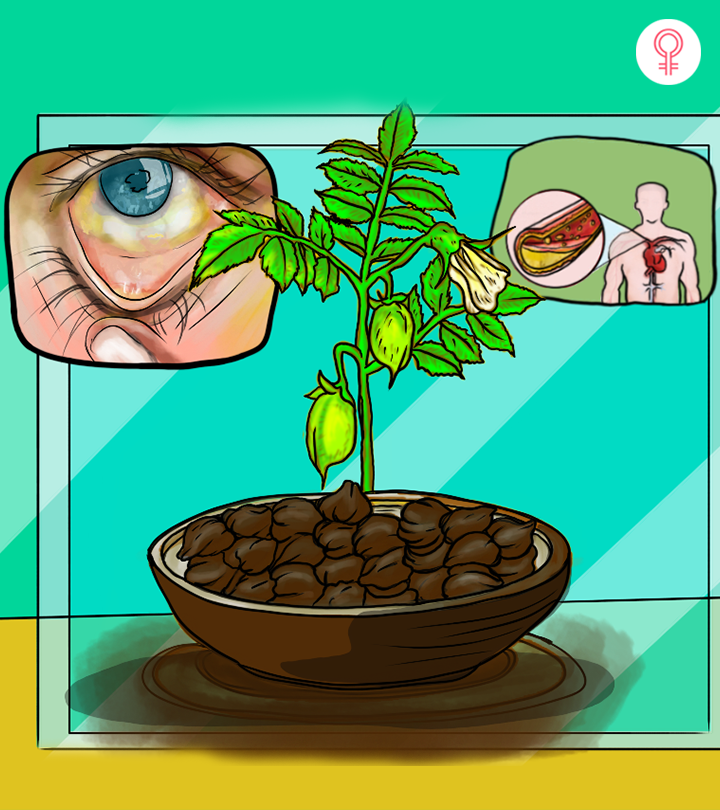
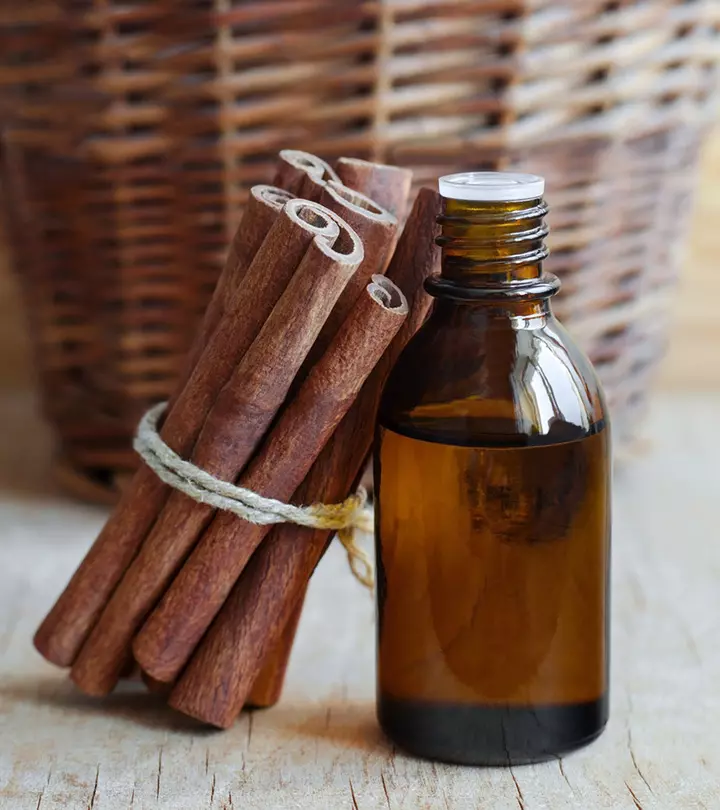
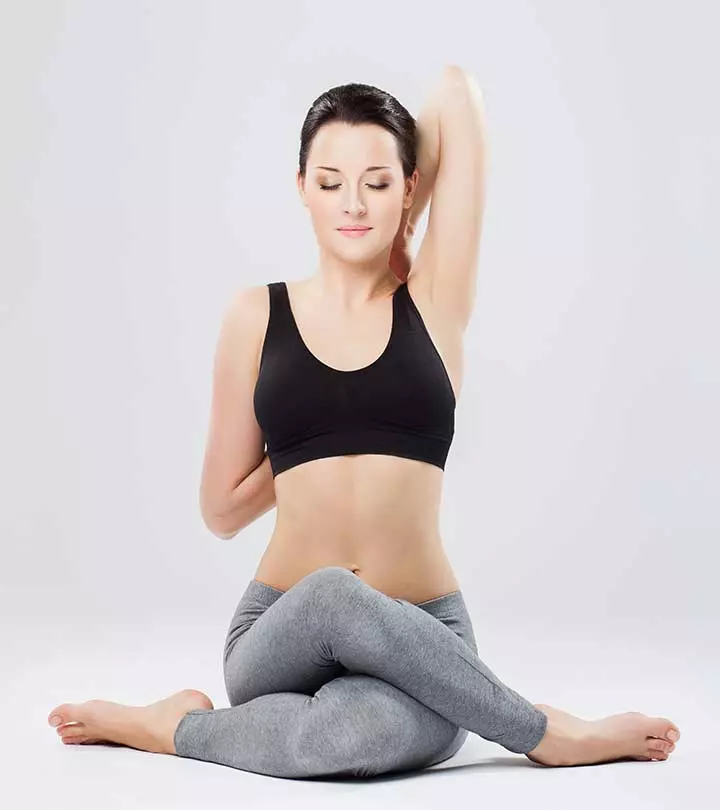
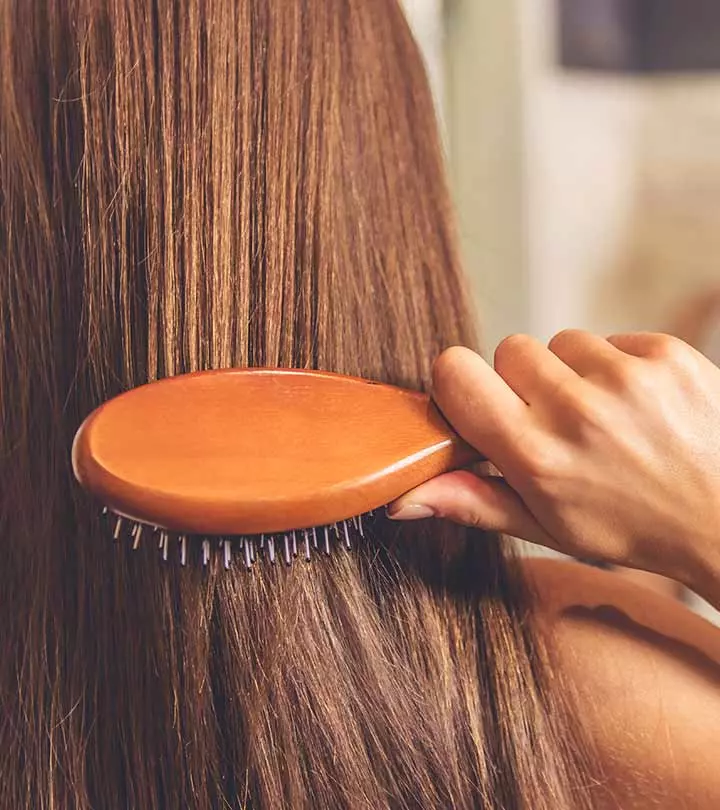

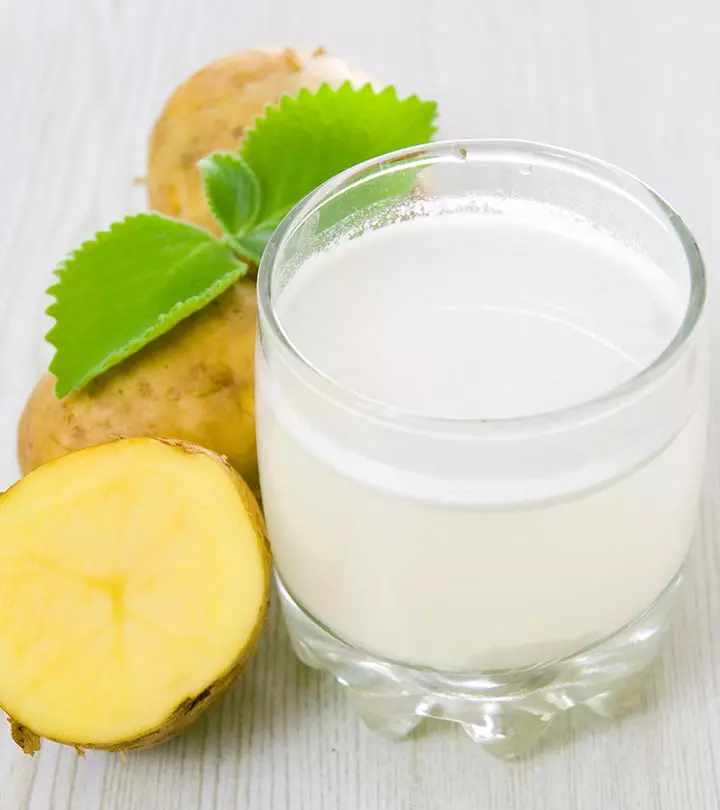
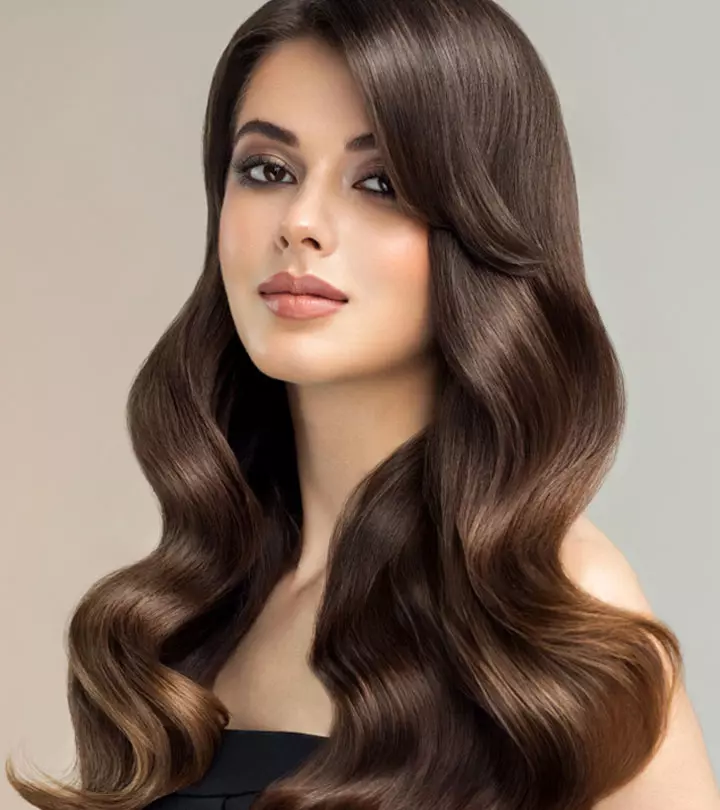
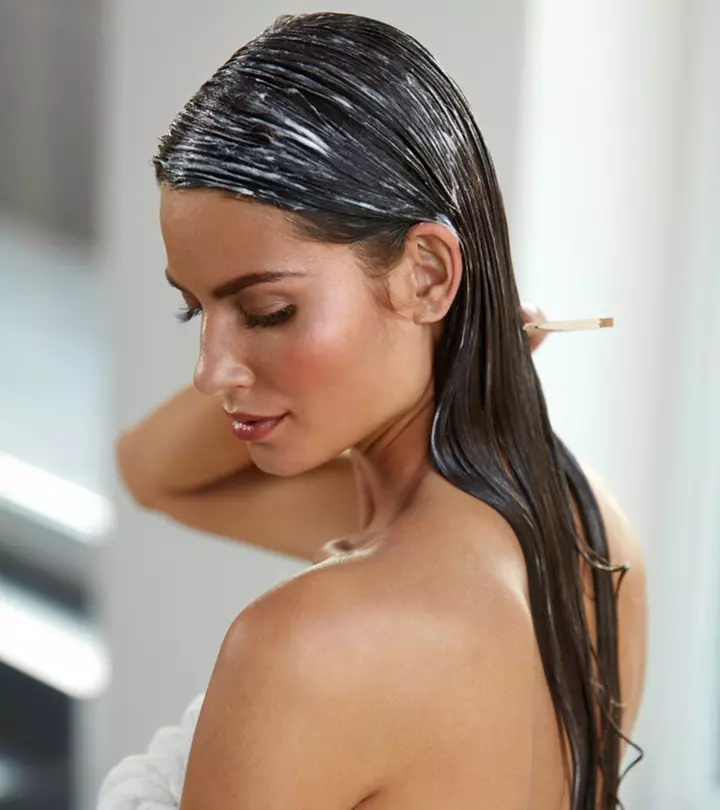

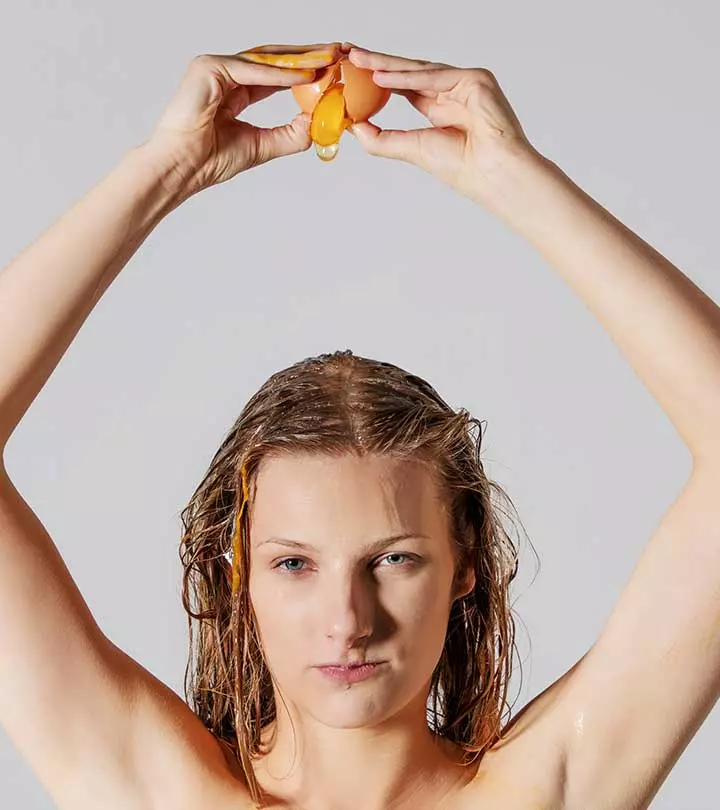
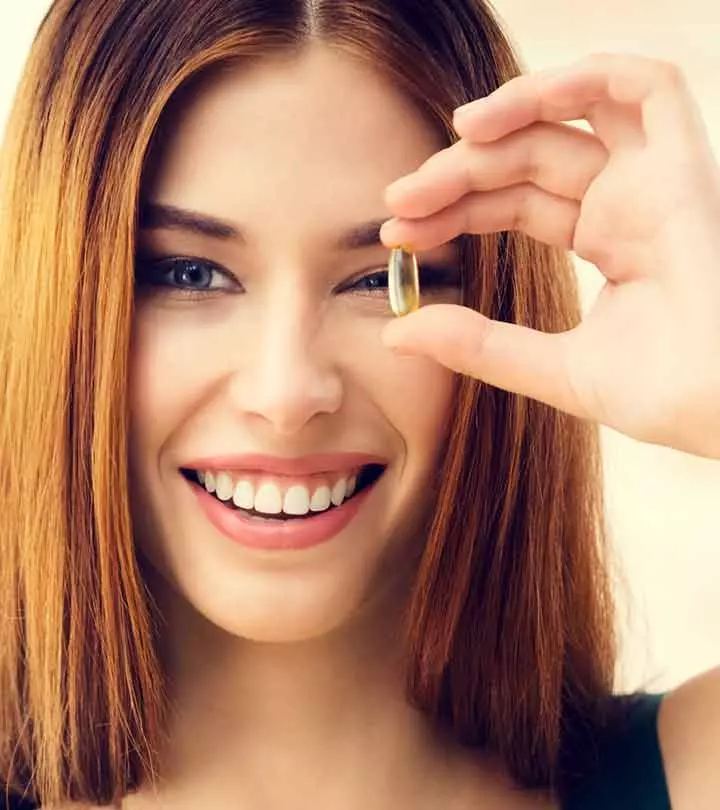

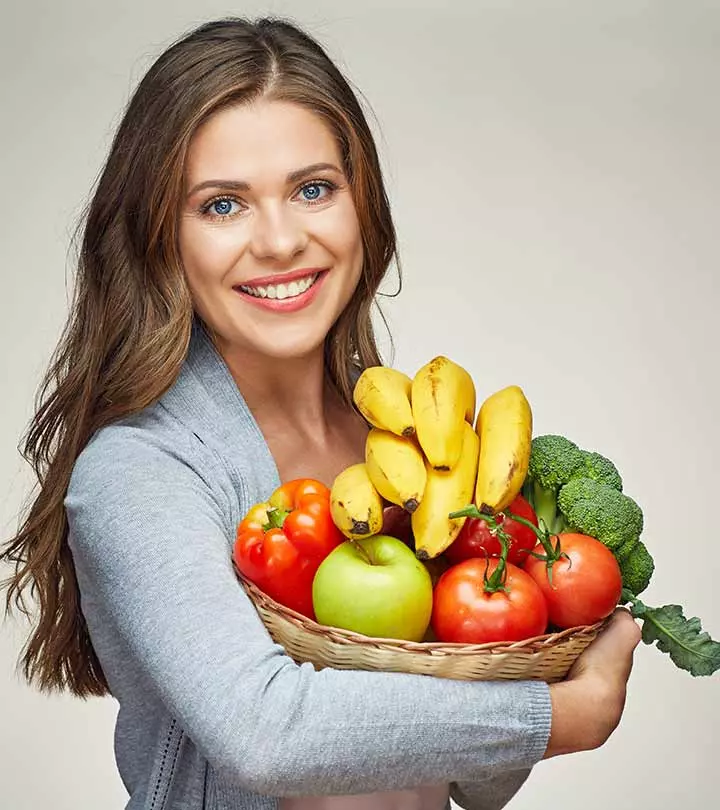

Community Experiences
Join the conversation and become a part of our empowering community! Share your stories, experiences, and insights to connect with other beauty, lifestyle, and health enthusiasts.